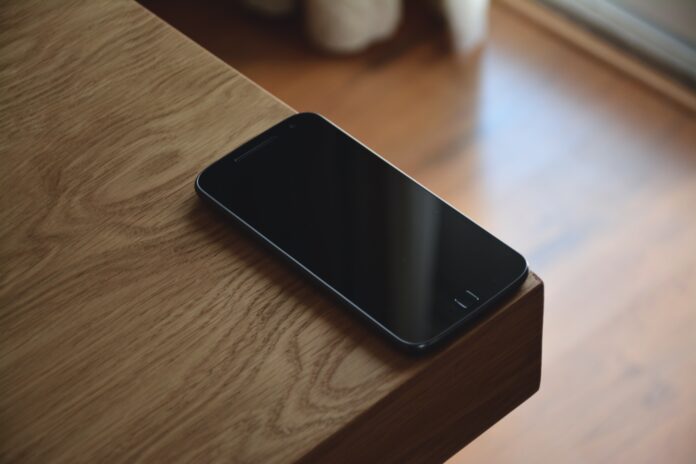Last Updated on December 4, 2020
© stocksnap Buying a brand new phone can be pretty exciting. The unboxing experience, removing the plastic foils, and turning on the device for the first time are extremely satisfying and make you (somewhat) happy. Suddenly you are a little kid again, overly enthusiastic about a new toy. Even if only for a short time. Once you have turned on your new smartphone, it’s time to set it up and migrate all the apps, contacts, accounts, and files you had on your previous one. Nowadays, this process is quite easy since several tools simplify it and automatically synchronize all your data and apps. Remember when you had to manually save and copy your files and contacts and re-download all your apps? It is so easy that most people do everything automatically and forget to change some settings to increase user experience and safety! Well, not anymore. Here are a handful of settings that you should change on your smartphone right away:1. Reduce the number of phone notifications
Phone notifications serve two important purposes: to alert and inform you. So if you allow all the apps you have installed to send you push notifications, the ones that are important to you might become lost in a sea of unnecessary notifications. Besides, it can have a big implication on your workflow by getting you to look at the smartphone more often than you need to. Here’s how to do it: Android devices: settings – apps & notifications – adjust to your preference (some apps let you receive notifications only for specific events. Messenger, for example, can send you a notification for a group conversation only when someone tags your name). iOS devices: settings – notifications – adjust to your preference.
2. Enable night light
Someone probably already told you not to use your cell phone in bed right before going to sleep. That’s because electronic devices’ screens such as the ones on laptops and smartphones emit blue light. This specific type of light can cause what is known as digital eye strain. This strain can make you highly uncomfortable, and it has also been linked to reducing sleep quality (or even creating some sleep problems such as insomnia, for example). Fortunately, operative systems introduced a night mode, night light, or night shift, whatever you want to call it. This mode changes the display temperature to emit less blue light. It is a kind of blue light filter software. Here’s how to enable it: Android devices: settings – display – night light iOS devices: settings – display & brightness – night shift You can either enable it manually, automatically or schedule a specific time to enable it.


